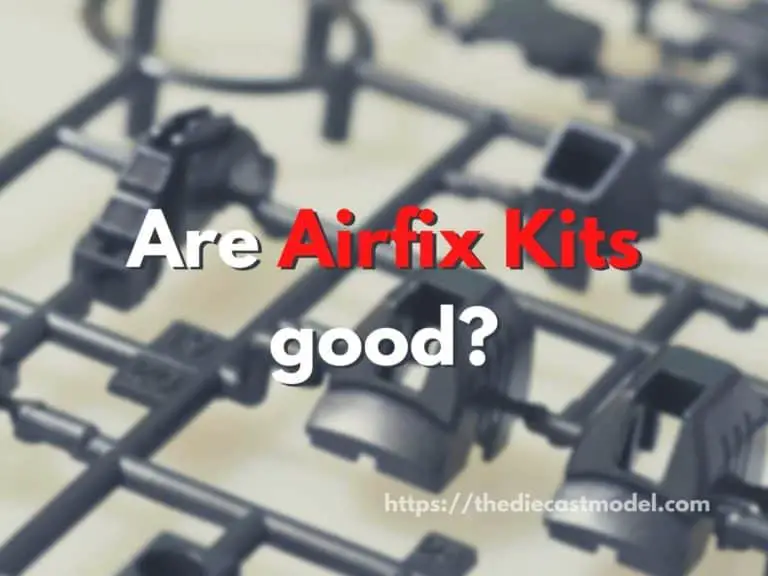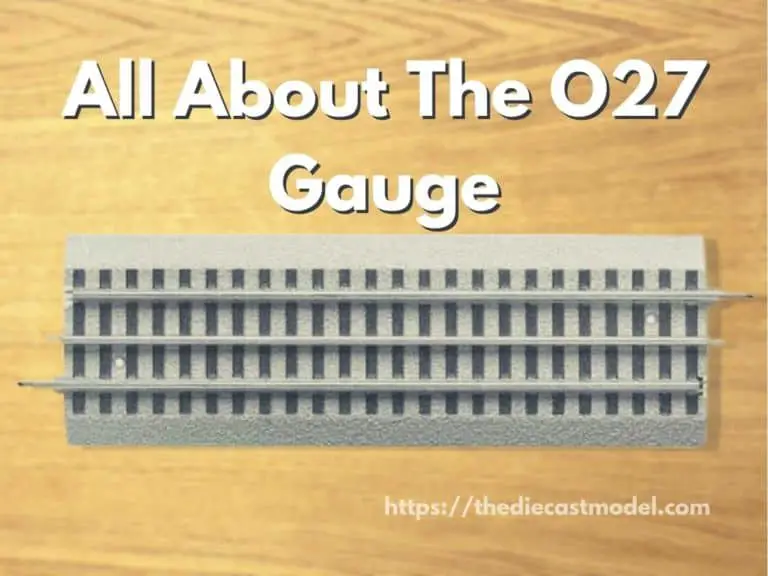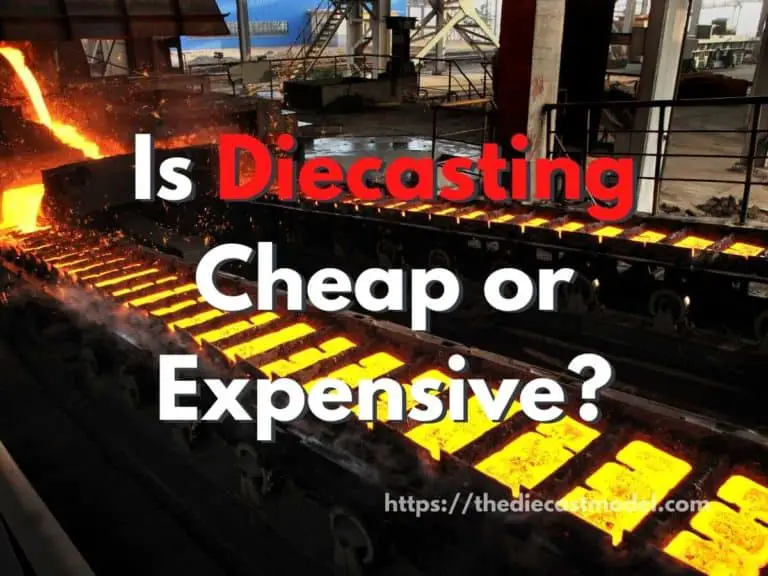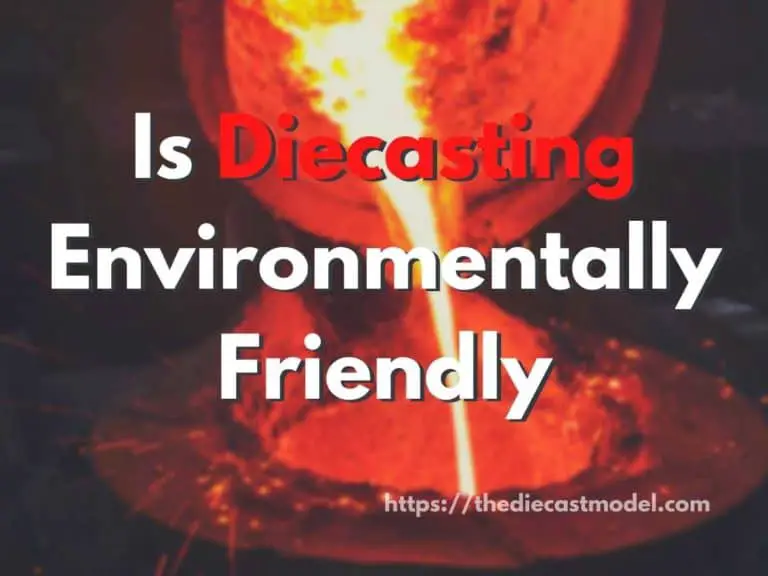What happens if you shake an aerosol can? | Do you need to shake spray paint?
After finishing my earlier post on what’s inside a spray can, I realized how important it is to shake aerosol sprays before using them. What is the scientific principle behind shaking? What happens inside the spray can? What is that rattling sound when we shake spray paints? We will answer those in this blog post.
You need to shake spray paints in order for the contents inside the can to form colloids such as solid or liquid aerosol. The types of colloids that form when you shake a spray paint change depending on the propellant and the paint used inside the can.
In my earlier post where I opened a spray can, I reported finding two marbles or what others called peas. This post is a follow-up to the article where we will dive into the scientific principles behind shaking a spray can.

Why do people shake spray cans?
People shake spray cans to mix the main contents inside the spray, which are the propellant, which acts as the solvent, and the solute. The rapid shaking, together with the help of the pea, mixes them to form colloidal suspensions, which make the propellant carry the paint for even painting.
Have you tried spraying a spray can without shaking it? If you’ve tried, then you probably have seen that spraying without shaking could either result in only air coming out of the spray or sometimes clumps of paint coming out.
This is because the contents inside the spray can aren’t soluble.
However, upon shaking, we temporarily mix the contents which form colloids.
Unlike solutions where the solute and solvent are fully compatible such as mixing alcohol or salt in water, colloids are a combination of compounds that can’t fully dissolve.
To put things simply, when the solute and the solvent aren’t entirely soluble, we form colloids.
Since the contents of colloids aren’t soluble, you can easily separate them. That’s why mud, a colloid, can easily be divided into soil and water.
What happens if you shake an aerosol can is since its main components aren’t soluble with each other, they form colloids that are only stable for a few minutes. After which, the colloid breaks, and the mixture needs to be remixed by shaking.
To help you understand, I will give an example of one of the most common spray cans, which are spray paints.
Here is an illustration of what’s inside the spray can.
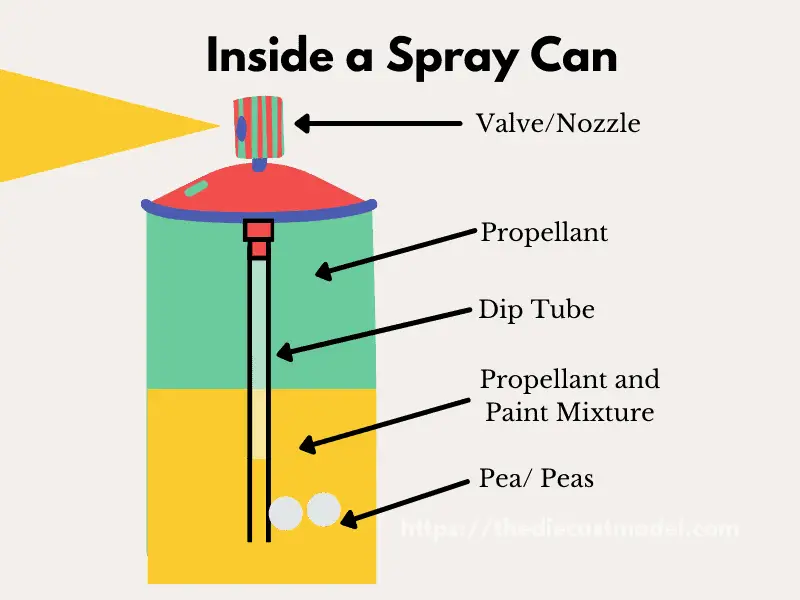
In the illustration, let me introduce you to the main components inside a spray can.
- Dip Tube – Acts as the straw inside the can
- Propellant – Acts as the solvent inside the can
- Paint/ Pigment – The solute which the propellant carries to form colloids
- Pea – Accelerates the mixing process
If you need a more thorough post regarding these components, feel free to check this post: What is the thing inside spray cans? I opened a spray can to find out.
The propellant and the paint have to mix by shaking to make colloids.
But what makes the mixture a colloid? What makes the mixture inside a spray can a colloid is the combination of the propellant and the paint.
This is because, inside the spray paint, they put pressure using gases which are the propellant.
Right now, the propellant used in spray paints is called hydrofluorocarbons or HFC, while the old spray paints used chlorofluorocarbons (CFC) and hydrocarbons.
Both CFC and hydrocarbons are not used in spray paints due to their environmental impacts. CFC is banned because of its negative effect on the Ozone layer, while HC is discouraged because of its greenhouse effect.
Since we usually mix paint, a liquid, and propellant, a gas, we form colloids.
The type of colloid that forms depends on the solute and the solvent.
Here is a table summary of the types of colloids.
| Solid Solvent | Liquid Solvent | Gas Solvent | |
| Solid Solute | Solid Sol | Sol | Solid Aerosol |
| Liquid Solute | Gel | Emulsion | Liquid Aerosol |
| Gas Solute | Solid Foam | Foam | None |
Don’t worry, we will not have an intense science lecture. Instead, I just want you to take note of a common misconception on spray paints.
Many would say that we shake spray paints because we emulsify the propellant and the paint.
However, that’s not entirely true. While it is true that we form colloids by shaking spray paints, we don’t form emulsions.
This is because the main requirement when emulsifying is for the solute and the solvent to both be liquids. That is why we say emulsification when mixing soap and oil.
In the case of spray paints, the propellant is a gas, and the color is usually liquid or solid.
If we go back to the table above, the colloid the spray paint forms are either liquid aerosol or foam.
Now, how do we know if it is liquid aerosol or foam?
We need to check the solvent, which in this case, is a gas. This means the spray paint is a liquid aerosol.
However, not all spray paint is liquid aerosol since some spray paints use solid powder paint.
In that case, they form solid aerosols.
This means while many are used to saying that we shake spray paints to emulsify the paint, the truth is we shake spray paints to turn them into aerosols.
The reason I talked about emulsification in my other post about the thing inside the spray paint is that it is what the general public knows.
However, since this post is about the scientific principles behind the shaking process, I need to explain what science has to say, and if we ask science, we aren’t emulsifying. Instead, we produce aerosols by shaking spray paints.
The following section will discuss the rattling sound you hear when shaking a spray can, which helps in the mixing process.

What does shaking a spray can do?
Shaking a spray can mixes the contents inside the can, causing it to form colloids. This colloid uniformly delivers the contents inside the can to the things you spray on. Without shaking, even spraying is impossible.
Simple observation tells us that liquid and gas don’t mix well together. That’s why they form colloids.
When you try spraying aerosols, you can see that the liquid or solid slowly goes down while the air immediately mixes up with air.
This is because this colloid isn’t stable. That is why we have to properly shake spray cans to reform the colloid before spraying.
This is also why it is recommended to shake the spray can every time you use it since the colloid won’t last long.
There is a circulating idea that we should shake spray paints rigorously for about 3 minutes if it is new since we need to reform the colloids.
However, that is old knowledge ever since the addition of the pea.
Let’s admit it. Who shakes their spray paint continuously for 3 minutes? I sure don’t. While shaking that long is required to form aerosols, we can accelerate the process, so we only need to shake it for a few seconds.
That’s where the pea shines. While it is only a tiny marble or metal ball, the pea works wonders in accelerating the mixing process.
The rattling sound you hear when shaking spray cans comes from the pea.
Usually, the pea also tells us if the spray can is ready to use since the rattling sound gets stronger when the colloid is already formed.
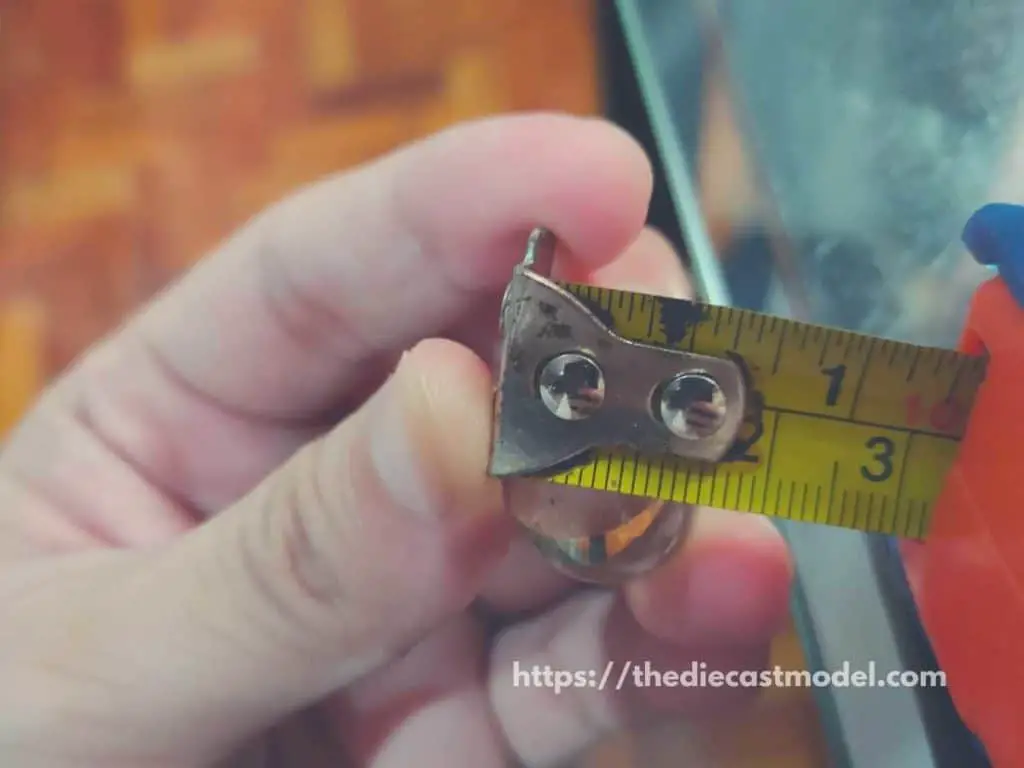
So, the pea is a small ball about 1.5 inches in diameter. (see my measurement above)
This is an essential part of the spray can since it accelerates colloid formation.
Now that you already understand what the pea is for, you might wonder why I explain the pea’s function. I will explain that in the next section.
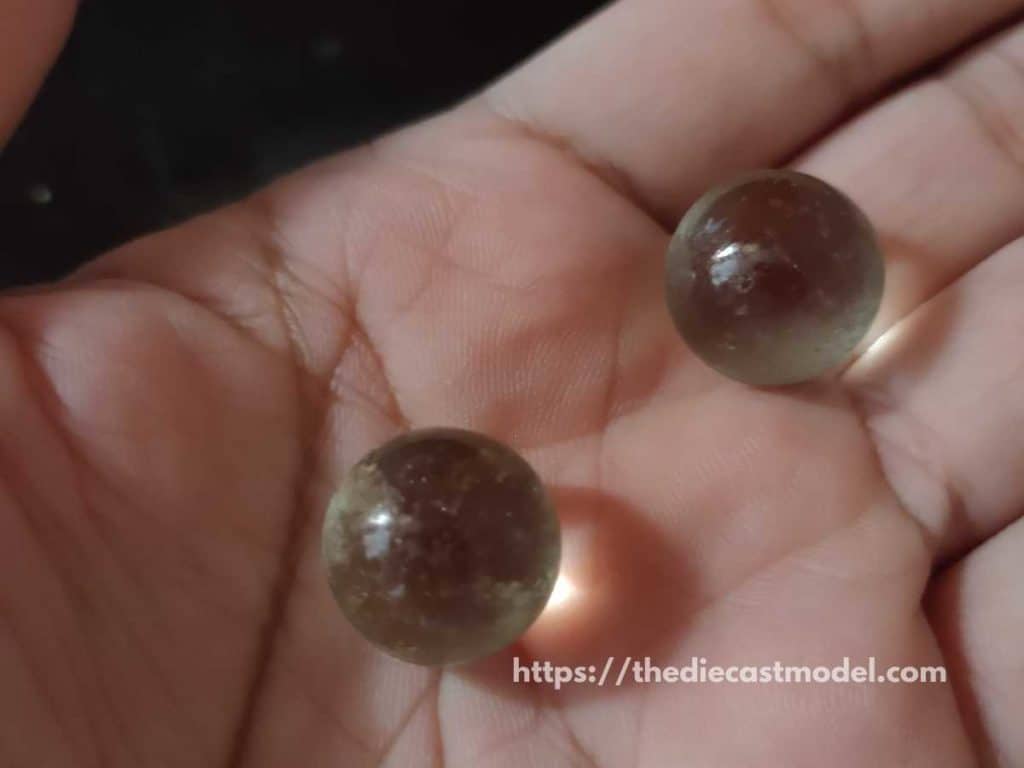
Should you shake aerosol cans?
To know if you need to shake a spray can, shake the can for a while and check if it has a pea. This is done by checking for rattling sounds when an aerosol can is shaken. A rattling sound means that there is a pea inside the can.
A pea means the manufacturer advises its users to shake the can since a colloidal mixture must use the product appropriately.
This is important because gone are the days when we have to shake spray cans until our arms tire out. Instead, the humble pea accelerates the process.
That is also why some manufacturers tend to put two peas inside the can to accelerate the process further.
Remember that manufacturers put those things inside because they have a purpose, and the pea is used to accelerate the colloid formation.
Thus, when we hear a rattling sound when shaking a can, this means that the manufacturer intended the can to be shaken before use.
This is important since other sprays can don’t require shaking. While they aren’t as common as the ones that need to be shaken, shaking them does nothing but waste our energy,
So next time you hear a rattling sound when shaking a spray can, that means you have to shake it until the rattling sound gets smooth.
That way, you get the best results when using spray cans.
What’s next? Do you want to achieve the best results while using only spray paint? I made a post about how to make the quality of your painting job on par with airbrushes in this post: Tips to get the most out of your spray paint.

